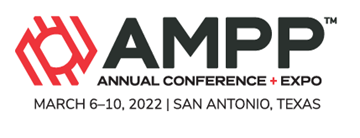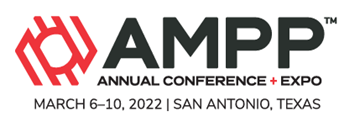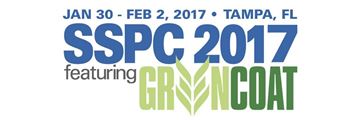Search
Coatings and Linings
View as
Sort by
Display
per page
Best Practices for Maintenance of Abrasive Blasting Equipment
Product Number:
41206-239-SG
Publication Date:
2006
$20.00
Bio Based Waterborne Floor Coatings with Enhanced Flow, Appearance, and Early Hardness Development
Product Number:
41215-900-SG
Publication Date:
2015
$20.00
BPA Epoxide Inorganic/Organic Coatings with nanoCarbon Additives
Product Number:
41215-933-SG
Publication Date:
2015
$20.00
Burlington Skyway Electrochemical Chloride Extraction – 30 Years Later
Product Number:
51322-17664-SG
Publication Date:
2022
$20.00
Can Micelles Be Used To Expedite And Enhance Laboratory Qualification Testing?
Product Number:
51322-17824-SG
Publication Date:
2022
$20.00
Can One Coatings be Best for All CUI Service
Product Number:
41216-987-SG
Publication Date:
2016
$20.00
Carbonate And Sulfide Scale Formation In Multiphase Conditions
Product Number:
51322-17894-SG
Publication Date:
2022
$20.00
Case History: Decorative Yet Functional Floor Coating at the Energy Innovation Center
Product Number:
51216-002-SG
Publication Date:
2016
$20.00
Case History: Site-Applied Decorative Polyaspartic Flooring in A Residential Garage Floor Application
Product Number:
41214-850-SG
Publication Date:
2014
$20.00
Case Studies On Vapor Corrosion Inhibitor Monitoring Using Electrical Resistance Probes For Oil And Gas Assets.
Product Number:
51322-17855-SG
Publication Date:
2022
$20.00
Case Study - Coating Failure or Building Failure
Product Number:
51216-015-SG
Publication Date:
2016
$20.00
Case Study: A Polyaspartic Coating Made A Commercial Bakery Floor Look Really Sweet
Product Number:
51217-068-SG
Publication Date:
2017
$20.00












